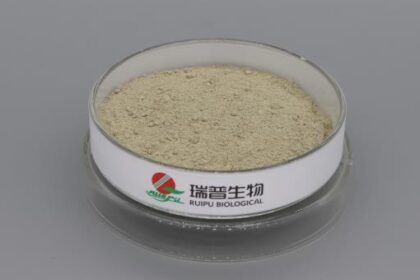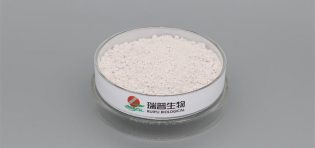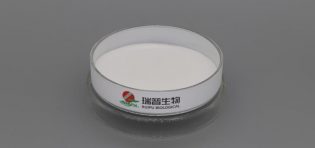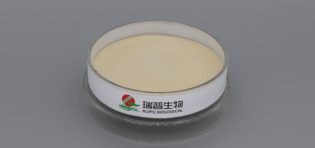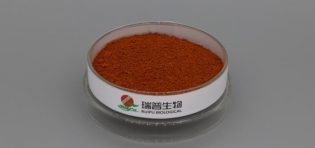
When formulating custom vitamin premixes, it is essential to consider various factors to ensure the rationality and effectiveness of the blend. Here are some key points to keep in mind:
1. Identify Nutritional Requirements
·Reference Standards: First, refer to relevant nutritional standards for livestock and poultry, such as those from the NRC (National Research Council) or the Chinese feeding standards. These standards provide basic vitamin requirements for animals at different growth stages.
·Adjust According to Actual Conditions: Adjust the recommended amounts based on the animal's breed, growth stage, production performance, feeding environment, and management level.
2. Consider Vitamin Stability
·Stability Differences: Different vitamins have varying stability levels. For example, vitamins A and D3 are prone to degradation, while B vitamins are relatively stable. Therefore, special attention should be given to the dosage and storage methods of these easily degradable vitamins.
·Addition of Antioxidants: To enhance vitamin stability, appropriate antioxidants, such as ethoxyquin or butylated hydroxytoluene (BHT), can be added to the premix.
3. Raw Material Selection and Quality Control
·Purity and Potency of Raw Materials: Select raw materials with high purity and stable potency to ensure the quality of the premix.
·Stability of Raw Materials: Consider the stability of raw materials during storage and processing, avoiding those that are prone to decomposition or spoilage.
·Cost of Raw Materials: While ensuring quality, control the cost of raw materials reasonably to improve the economic efficiency of the premix.
4. Formulation Design and Process Control
·Formulation Design: Design the vitamin premix formulation based on nutritional requirements and raw material characteristics. Pay attention to the interactions and compatibility of various vitamins to avoid adverse reactions.
·Process Control: During processing, strictly control parameters such as the amount of material added, mixing time, and mixing uniformity to ensure stable premix quality.
5. Storage and Transportation
·Storage Conditions: Vitamin premixes should be stored in a dry, dark, ventilated, and cool environment to avoid direct sunlight and high temperature or humidity.
·Packaging Requirements: Use packaging materials with good sealing properties, such as vacuum-sealed aluminum foil bags, to reduce the impact of oxygen and moisture on the premix.
·Transportation Considerations: During transportation, avoid excessive shaking and compression to ensure the integrity and quality of the premix.
6. Other Considerations
·Regular Testing: Regularly test the vitamin premix to ensure it meets quality standards.
Record Keeping and Traceability: Establish a comprehensive production and testing record system to enable traceability of premix quality.
·Safe Usage: Follow the usage instructions carefully when using vitamin premixes to avoid issues caused by overuse or improper use.
Formulating custom vitamin premixes requires a comprehensive consideration of various aspects to ensure stable quality, balanced nutrition, and economic feasibility.

